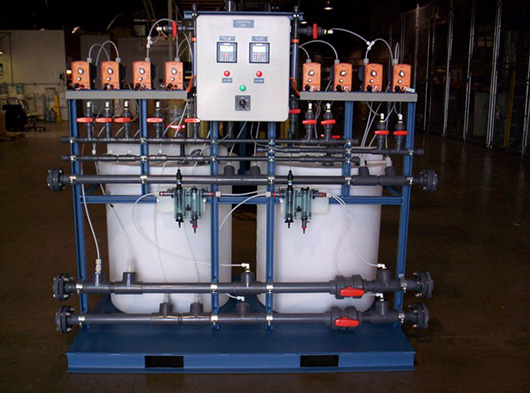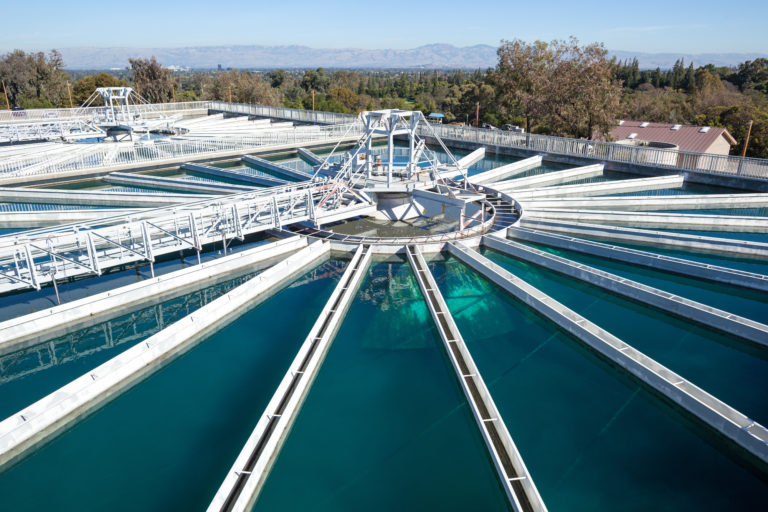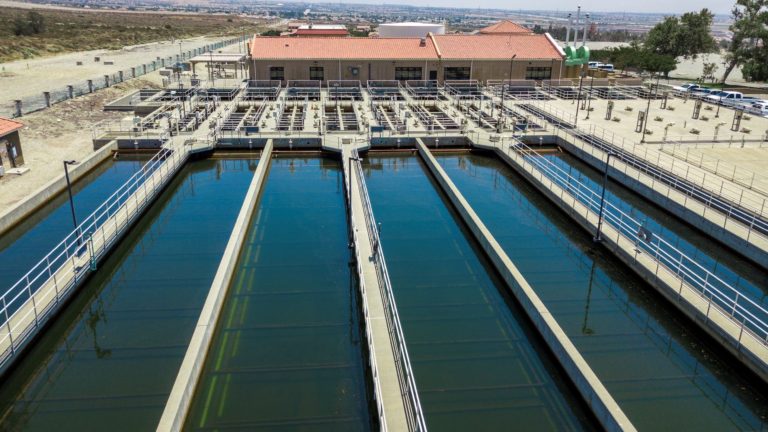Chlorine contact time, or CT, is the measurement of how effective a water system’s disinfection strategy is. Providing adequate contact time is essential to the prevention of waterborne diseases such as cholera and dysentery. In 1908, Jersey City, New Jersey was the first city in the United States to begin routinely disinfecting their water supply. Over the next decade, thousands of cities and towns followed suit. In 1900, diarrhea and enteritis was the third leading cause of death in the United States. These accounted for nearly 10% of all deaths. Almost a century later, in 1997, diarrhea and enteritis was not even in the top 10 leading causes of death. The routine disinfection of drinking water supplies had nearly eliminated the incidence of waterborne disease outbreaks. By providing adequate CT to your filtered water you can be confident that the water your customers drink will be safe and wholesome.

Contact time is the product of the free chlorine residual concentration (C) and the effective contact time (T) for that disinfectant. Using CT, a water system operator will be able to determine if they have adequately inactivated disease causing pathogens. These disease causing pathogens include viruses, bacteria, and protozoa such as Giardia lamblia and Cryptosporidium.
Surface Water Treatment Rule and CT
Water systems are required to provide multi-barrier treatment as a requirement of the Surface Water Treatment Rule. Multi-barrier treatment means a series of treatment processes that provide for both the removal and inactivation of waterborne pathogens. The Surface Water Treatment Rule requires a 99% reduction of Cryptosporidium through filtration, a 99.9% reduction of Giardia lamblia through filtration and disinfection, and a 99.99% reduction of viruses through filtration and disinfection. Note: the reduction of Cryptosporidium is by filtration only, Giardia lamblia and virus is by filtration and disinfection. You can acheive these requred reductions by ensuring your system is providing sufficient CT.
Calculating Chlorine Contact Time
CT is the product of the free chlorine residual (C) and the amount of time (T) that the chlorine is in contact with the water. To calculate CT, we need to have the following information:
- The free chlorine residual measured downstream of all of the treatment components and before the first customer.
- The lowest operating volume and baffling efficiency of each treatment component and pipeline.
- The maximum flow through each treatment component.
We will be sure we are capturing the ‘worst-case scenario CT’ by using the lowest operating volumes and the maximum flows through each component. The treatment components will also be assigned a baffling factor based on the component’s design and any baffling present. A basin or clear well that has been designed well and has baffling present will have a high length to width ratio and thus greater contact times of the disinfectant with the water. You multiply the baffling factor of each component by the volume of that component to calculate that components effective volume:

To calculate the detention time of a component you divide its effective volume by the maximum flow through it:

Once you have the detention time of a treatment component, and the chlorine residual measured downstream, you have all the information you need to calculate the CT:


